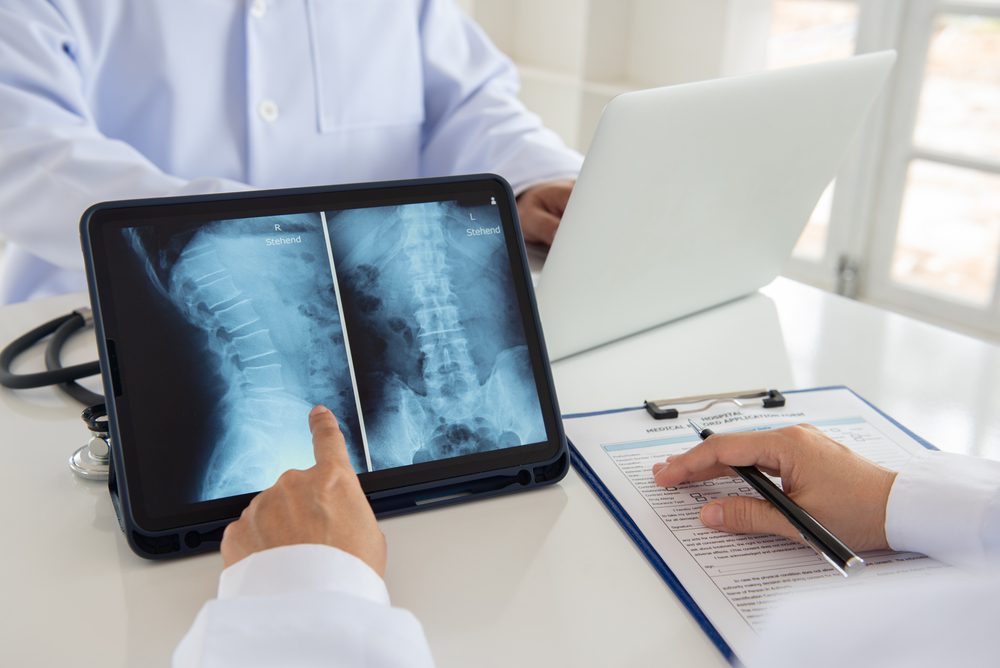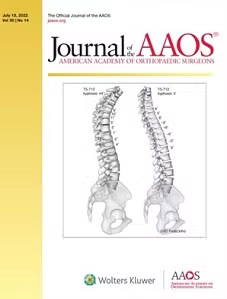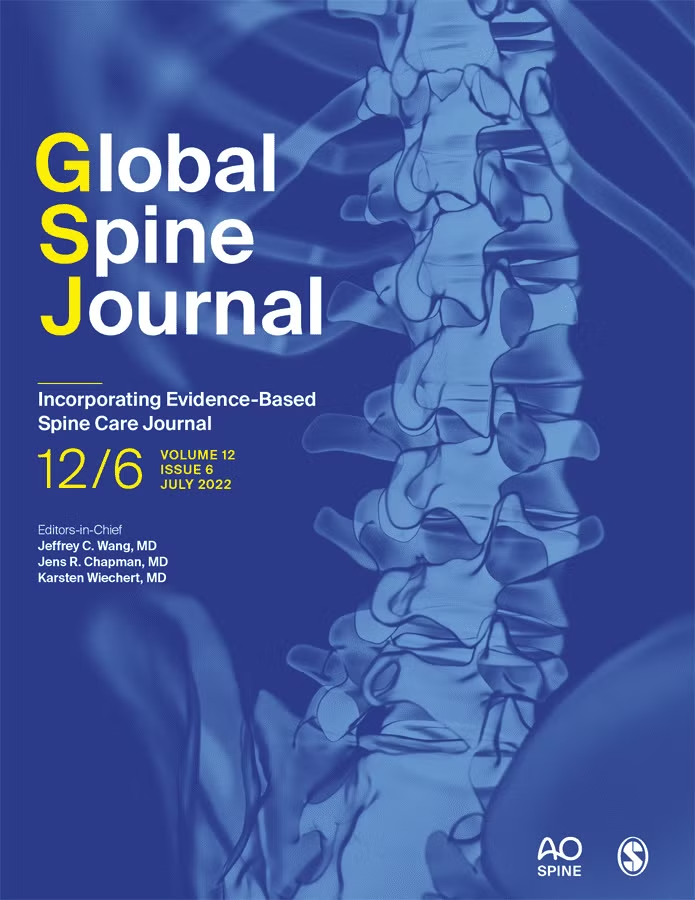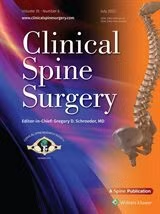
A lumbar discectomy is a surgical marvel. Your surgeon will remove a herniated or degenerative disc in your lower spine that’s pressing on a nerve, all carefully and safely accomplished through an incision in your back.
Here’s the important part: it eases pressure on your spinal cord (it eases pressure on your spine). While your surgeon can use different methods to do this, there’s a good chance a minimally invasive discectomy surgery will help if physical therapy or medication doesn’t work, or if you have signs of nerve damage such as weakness or loss of feeling. Although surgery can be “open” aminimally invasive non-invasive discectomy is usually the smarter choice depending on your particular circumstance.
How Does a Lumbar Discectomy Work?
The term discectomy literally means “cutting out the disc.” A discectomy can be done anywhere in the spine from the neck (cervical) to the low back (lumbar). Pushing gently and strategically through muscle and bone, your surgeon reaches the damaged disc from the back (posterior) of the spine. By removing part of the lamina (a thin cartilage plate), the surgeon arrives at the disc. The spinal nerve is then retracted. Your doctor may remove one disc (single-level) or more (multi-level) depending on your condition.
A discectomy can be accomplished with a variety of tools and techniques. When your surgeon views and works on the area directly through an open incision and muscle retraction, it’s called a “minimally invasive” procedure, or a microdiscectomy. Tunneling through the muscles is done with progressively larger tubes called dilators, because surgery in smaller places is easier with special instruments. Your recovery time can be much shorter with minimally invasive incisions. Depending on your case, the surgeon will recommend the right technique.
How is the Procedure Performed?
In most cases, herniated discs heal on their own after a few months. It’s up to you whether surgery is the right choice. Make sure you weigh the risks and benefits accordingly with your doctor and surgeon’s expertise.
Spine surgery is completed by an orthopedic surgeon or a neurosurgeon, and complex spine surgery is a specialty for many surgeons. Make sure you ask your surgeon about their training, especially if you’ve had more than one spinal surgery.
A non-traumatic discectomy consists of five steps, usually taking up to two hours:
- The first step: prepare the patient. Local or regional anesthesia will be administered while you’re lying on the operating table, under twilight anesthesia. With local anesthesia, versus general anesthesia, an increasing majority of patients are reporting much better recoup times and quality of recovery. For many, this makes all the difference in their decision to have this type of surgery in the first place. Pillows will support your chest and sides as you roll onto your stomach. The area where the incision is made will be cleaned and prepared.
- The second step: make the incision. To find the affected vertebra and disc, the surgeon passes a thin needle through the skin to the bone using a fluoroscope (a special X-ray). An open discectomy involves making an incision down the middle of your back. How many discectomies you’re getting determines how long the incision will be. One- to 2-inch incisions are typical. One side of the back is retracted to reveal the bony vertebrae, and X-rays are taken to make sure the vertebra is correct. An incision of less than 1 inch is made for a minimally invasive discectomy. To create a tunnel to the vertebra, progressively larger dilators are placed around each other.
- The third step: perform the laminotomy. A drill is used to make a small opening in the lamina. Laminotomies can be done on one or both sides, or on multiple vertebrae.
- The fourth step: remove the disc fragments. The surgeon removes the lamina, then gently retracts the nerve root’s protective sac. To decompress the spinal nerve root, only the ruptured part of the disc is removed. There’s no need to remove the whole disc. The nerve root may also be pressed by bone spurs or synovial cysts.
- The fifth step: close the incision. Muscles are removed from the retractor, and sutures or staples are used to close the incisions. Skin glue is also used to close the incision.
Prevention and Recovery
The surgeon’s staff will have you schedule a follow-up appointment approximately one week after surgery. Some people need physical therapy and others do not. Recovery time depends on your general health and any underlying issues you may have.
Be aware that the incision site may hurt for a little while as it’s healing. There’s a chance the original pain won’t go away immediately, but over time you will eventually notice that it’s gone. Maintain a positive attitude and do your physical therapy exercises diligently.
“Pain around the incision is common, but usually well-controlled with oral pain medications,” according to Very Well Health. “A lumbar corset brace may help with some symptoms of pain, but is not necessary in all cases. Gentle activities are encouraged after surgery, such as sitting upright and walking. Patients must avoid lifting heavy objects and should try not to bend or twist the back excessively. Patients should avoid strenuous activity or exercise until cleared by their healthcare provider.”
You can return to a job that doesn’t require much physical work in two to four weeks. For jobs requiring heavy lifting or operating heavy machinery, you’ll need to wait 8 – 12 weeks. It’s not uncommon for back pain to revisit your spine every now and then. However, you can help prevent recurrence of pain with these importance tips:
- Using a workspace that’s ergonomic (comfortable and convenient for your back).
- Utilizing lifting techniques that work.
- Sitting, standing, moving, and sleeping with good posture.
- Maintaining a positive attitude and relaxing.
- Managing your stress levels.
- Keeping a healthy weight.
- Going on an exercise plan that’s right for you.
- Not smoking.
The advantages of a lumbar discectomy that’s minimally invasive include shorter operative times, less blood loss, and a much faster recovery. Check with your surgeon if a micro discectomy is right for you.






